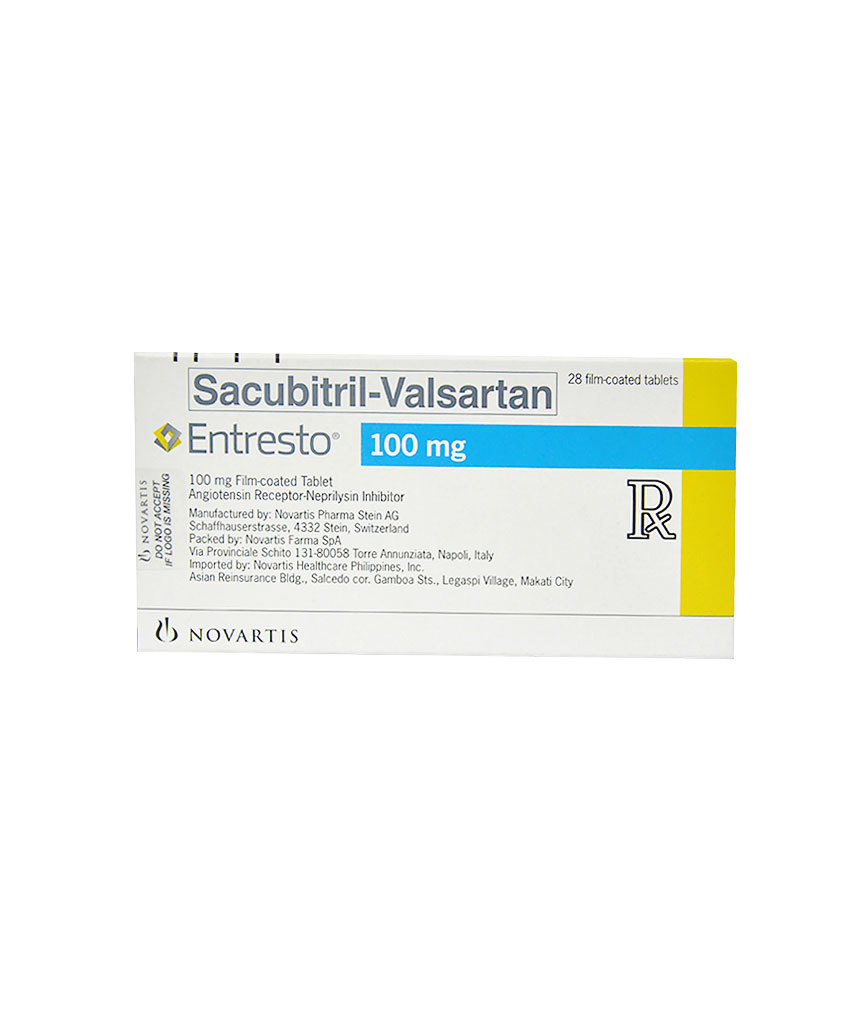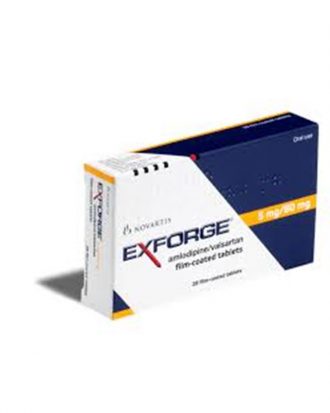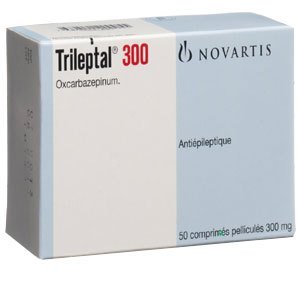Entresto (Tab) 100mg
৳ 134.00
Indications
This combination is usually administered in conjunction with other heart failure therapies, in place of an ACE inhibitor or other ARB.
Therapeutic Class
Pharmacology
Valsartan is an oral medication that belongs to a class of drugs called angiotensin receptor blockers (ARBs). It is orally active and specific angiotensin II antagonist acting on the AT1 subtype. Angiotensin’s attachment to the receptors cause the blood vessels to narrow (vasoconstrict) which leads to an increase in blood pressure (hypertension). Valsartan blocks the angiotensin II receptor. By blocking the action of angiotensin, Valsartan dilates blood vessels and reduces blood pressure without affecting pulse rate. Valsartan has much greater affinity (about 20,000-fold) for the AT1 receptor than for the AT2 receptor. It does not bind or block other hormone receptors or ion channels known to be important in cardiovascular regulation.
Dosage & Administration
Double the dose of this combination after 2 to 4 weeks to the target maintenance dose of 97/103 mg twice daily, as tolerated by the patient.
Dose Adjustment For Patients Not Taking An ACE inhibitor Or ARB Or Previously Taking Low Doses Of These Agents.
A starting dose of 24/26 mg twice-daily is recommended for patients not currently taking an ACE inhibitor or an angiotensin II receptor blocker (ARB) and for patients previously taking low doses of these agents. Double the dose of this combination every 2 to 4 weeks to the target maintenance dose of 97/103 mg twice daily, as tolerated by the patient.
Sacubitril & Valsartan is contraindicated with concomitant use of an angiotensin-converting enzyme (ACE) inhibitor. If switching from an ACE inhibitor to Sacubitril & Valsartan allow a washout period of 36 hours between administration of the two drugs.
Contraindications
- In patients with hypersensitivity to any component
- In patients with a history of angioedema related to previous ACE inhibitor or ARB therapy
- With concomitant use of ACE inhibitors. Do not administer within 36 hours of switching from or to an ACE inhibitor
- With concomitant use of aliskiren in patients with diabetes
Side Effects
Pregnancy & Lactation
Lactation: There is no information regarding the presence of sacubitril/valsartan in human milk, the effects on the breastfed infant, or the effects on milk production. Sacubitril/valsartan is present in rat milk. Because of the potential for serious adverse reactions in breastfed infants from exposure to sacubitril/valsartan, advise a nursing woman that breastfeeding is not recommended during treatment with sacubitril/valsartan.
Use in Special Populations
Geriatric Use: No relevant pharmacokinetic differences have been observed in elderly ( ≥ 65 years) or very elderly ( ≥ 75 years) patients compared to the overall population
Renal Impairment:
- Severe: A starting dose of 24/26 mg twice-daily is recommended for patients with severe renal impairment (eGFR < 30 mL/min/1.73 m²). Double the dose of Sacubitril & Valsartan every 2 to 4 weeks to the target maintenance dose of 97/103 mg twice daily, as tolerated by the patient.
- Mild or moderate: No starting dose adjustment is needed for mild or moderate renal impairment.
Hepatic Impairment:
- Moderate: A starting dose of 24/26 mg twice-daily is recommended for patients with moderate hepatic impairment (Child-Pugh B classification). Double the dose of Sacubitril & Valsartan every 2 to 4 weeks to the target maintenance dose of 97/103 mg twice daily, as tolerated by the patient.
- Mild: No starting dose adjustment is needed for mild hepatic impairment.
- Severe: Use in patients with severe hepatic impairment is not recommended.






Reviews
There are no reviews yet.